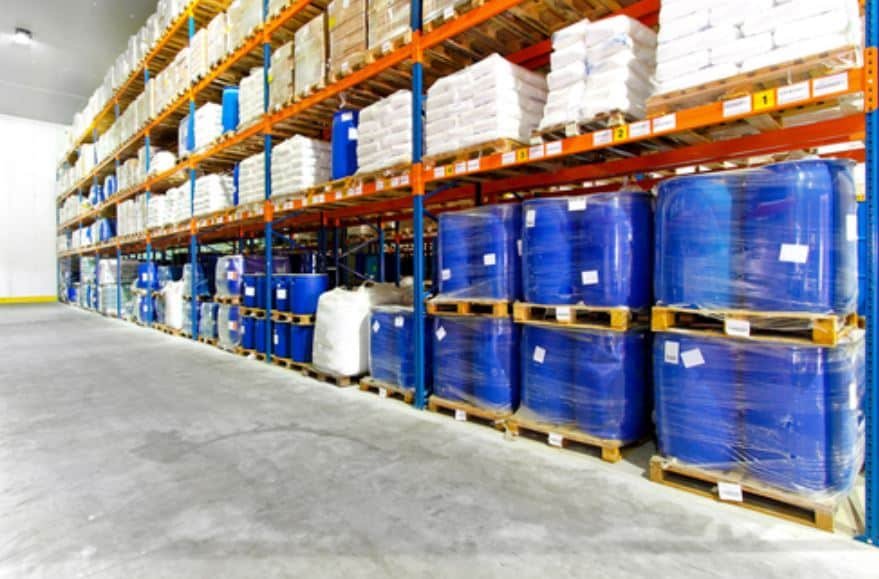Business
A Guide to Warehouse Labelling

A disorganised warehouse is an under-productive warehouse. Boxes of goods or loose items randomly placed on shelving, dumped on the floor or in the corner make it hard to find what you are looking for, and hard to navigate around your site in general. It follows, then, that a well-organised warehouse is a more productive one, so we’ve come up with this handy guide to warehouse labelling to help you get the best out of your warehouse.
The two types of warehouse label
Floor labels are typically heavy-duty warehouse stickers, placed on the floor of your site to either direct or inform – so you might have arrows to point the direction of flow for one-way systems, or end-of-aisle labels indicating the assigned letter/number of the aisle, or even the type of goods stored there.
When you are looking at floor labels, you’ll want to consider the type of floor they will be fixed to – it’s usually a busy place, with wheeled traffic (forklift trucks, pallet trucks, dollies, trolleys, etc), and when it is cleaned this is done on an industrial scale. You need a super-durable sticker that will stay in place without peeling up (a trip hazard), fading or otherwise becoming damaged by water and chemicals.
Racking labels are placed directly on the racking/shelving that you use. There is a huge range – from signs that stand perpendicular to the racking to give an at-a-glance indication of what is stored there, to those that lie flat on the shelves and give a more precise description. For example, you might have a large ‘A’ sign sticking out from a shelf, which can be seen from the aisle entry point many metres away, and then on the shelves near that sign, you could have flat labels that have the specific products, in/out dates, barcodes and other picking information on them.
These labels are usually either magnetic or sticky. Both can be found in rewritable options to give flexibility and versatility, or you can get more classic options that are essentially sleeves for you to slip the required information into on a card.
How do they help?
A good labelling system can help in three key ways. First, your racking loaders and stock pickers will be easily able to navigate the site, finding what they need faster and therefore being more productive – your entire warehouse operation can essentially be improved just by deploying a number of stickers.
Secondly, you can reduce the number of incorrectly picked items by clearly marking each product space – and, if you are using a more technically focused warehouse management system, you can see easily where and how much of each item remains when pickers scan the labels as they go.
Thirdly, the health and safety status of your site can also be vastly improved. Floor stickers that indicate ‘keep clear’ areas, mark out trip hazards (‘Watch Your Step’, for example), specify directions of traffic, speed limits, the requirements for PPE, etc are all popular choices.
Floor labels are eye-catching and they give clear information right where it’s needed; they don’t have to be wall-adjacent.
Read more: Safety Tips for Electric Pallet Jacks: A Guide for Beginners
-

 Celebrity4 weeks ago
Celebrity4 weeks agoIs YNW Melly Out Of Jail? What Is The YNW Melly Release Date, Career, Early Life, And More
-

 Sports4 weeks ago
Sports4 weeks agoMore Than Just a Game: How College Sports Can Shape Your Future
-

 Tech3 weeks ago
Tech3 weeks agoAI Software: Transforming the Future of Technology
-

 Tech3 weeks ago
Tech3 weeks agoAll About Com. Dti. Folder Launcher: Features, Benefits, Tips, And More













